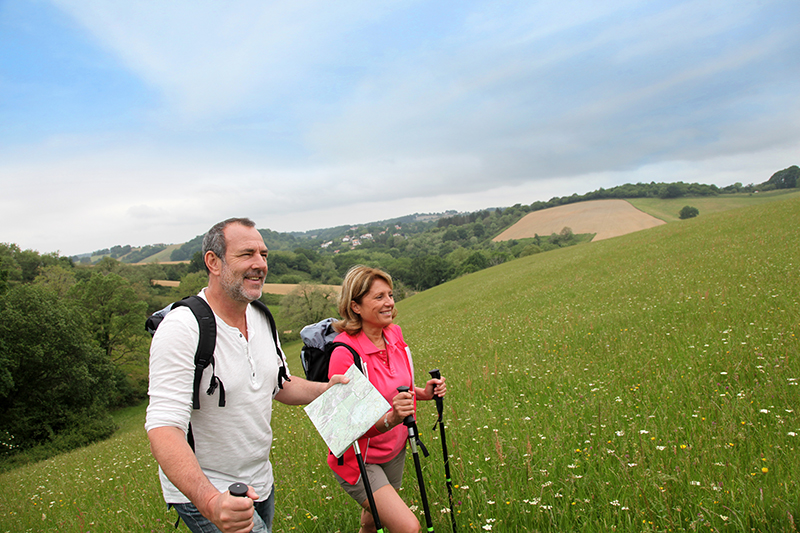
With the incredible summer we experienced this year, chances are many of you were enjoying the great outdoors. In the Puget Sound area, that often includes hiking in the Cascades or the Olympics with a day pack or backpack. August and September signal back to school shopping and the time to buy a new backpack to carry all of those books and school supplies. More than 2,000 backpack related injuries were treated and reported in the United States in 2007. Many students of all ages report discomfort and pain from using a backpack. Incorrect fitting and use of a backpack can impact your posture and your back health.
Many day hikers and students get used to carrying their backpack on one shoulder. However, wearing a back pack on one shoulder impacts the alignment of the spine from side to side as well as from back to front. Distortion of the natural curvature weakens the spine and makes your muscles work harder in an imbalanced way. The spine is strongest when all the curves are lined up correctly and the muscles are working in a balanced way. The most ergonomic way to wear a backpack is to put it on both shoulders and to secure the waist belt if one is present.
Hikers, as well as students, tend to overload their packs and to incorrectly secure the load. Backpack loads should not exceed 10 – 15% of the person’s body weight. For example, if a person weights 150 lbs the loaded backpack should not exceed 15-22 lbs. For a 50 lb elementary aged student, the pack should not exceed 5-7.5 lbs. A lunch box, bottle of water and a book or two can get to this limit quickly. When loading the pack, the heavier items should be loaded closest to the spine with lighter items further away from the spine.
Along with the weight, the size and shape of the backpack should match the user. Women tend to have more narrow shoulders and should select a pack with narrower distance between the shoulder straps. North Face, Jansport and other manufactures make specialized backpacks for women. Children and smaller adults should have smaller packs that match their stature. REI, Big 5 and other sporting goods stores will have a broad selection of backpack sizes, shapes and styles to match your stature and needs. Choose a pack that is lightweight and has two padded straps, a padded back, a waist belt and multiple compartments. Shop around and try them on. It is time well spent!
Whether hiking or heading back to school, pick the backpack that best fits your body type. Pack it correctly to decrease the pull on your spine. Wear it using both arm straps and the waist or chest straps when available. Proper use of a backpack will protect your spine and keep your back healthy for summers and school years to come!
References:
www.aota.org
www.backpacksafety.com
www.rei.com
www.ergonomics.about.com
www.kidshealth.org


